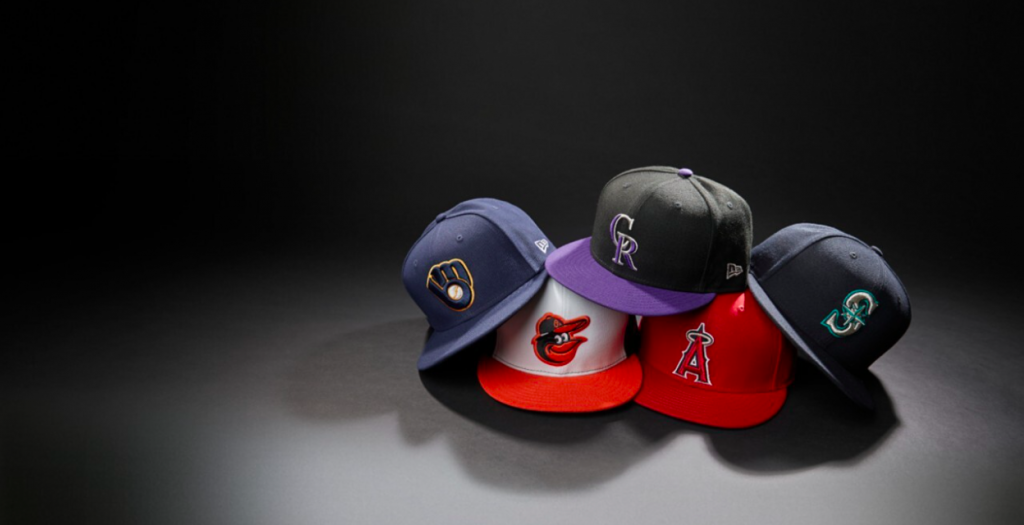A new study by Nielsen and LaLiga Tech shows Millennial and Gen Z consumers are following more sports competitions than Gen X and Boomers but strongly prefer streaming and mobile experiences, including fantasy games.
LaLiga Tech is the technology arm of LaLiga, the men’s professional football division of the Spanish football league system.
The report contradicts surveys showing that younger viewers are losing interest in sports.
However, Nielsen and LaLiga Tech’s report confirms that sports fans are becoming more fragmented across streaming, app and gaming platforms, underlining the need for sports properties to continue overall technology development and data analysis to stay ahead of changing consumer behavior and capitalize on the interest of younger consumers.
The report, “360 Fan Engagement: A pathway for sports to understand and engage with their online communities,” is based on the response of over 20,000 consumers of all age groups and from 15 countries, including North America, Europe, Asia, and Africa.
A Growing Audience For Sport
Respondents ages 34 and under follow an average of 6.3 sports, a marginal increase in older generations. In total, respondents listed 65 different sports as significant in interest, revealing the clear opportunity for niche competitions to generate a considerable following. Global football (soccer) remains the most popular sport among fans with 51.4 percent of all consumers surveyed actively following soccer, normally via a favorite team
A Desire For Digital And Data
While younger audiences consume sport at an equal or greater rate than previous generations, consumption methods have changed. Nearly half, 46 percent, of younger fans preferred watching sports on smartphones or tablets and are 15 percent more likely to seek on-demand content. This same group is also over 50 percent more likely to play games while watching a match and over 41 percent more likely to be engaging with Fantasy games.
This interaction with digital platforms also appears to be shaping expectations around the live broadcasts, as 55 percent of Gen Z respondents expect to see and interact with live statistics during play.
Diverse Global Following
Emerging global markets show the highest interest in sports, underlining the need for competitions to focus on engaging an international audience beyond their home market.
Nigeria (74 percent), Indonesia (70 percent), Colombia (69 percent), Turkey (67 percent), India (67 percent), and UAE (65 percent) returned the highest percentage of respondents who see themselves as sports fans. In comparison, less than half of respondents in traditional sporting hotbeds such as the U.S. (46 percent), UK (44 percent) and France (43 percent) saw themselves this way.
OTT Adding To, Not Replacing, Traditional Broadcasting
The study confirmed OTT (over the top) sports streaming as a mainstream platform, though not necessarily to the detriment of traditional broadcasting.
Forty-one percent of global sports fans watch at least some sporting events via OTT; however, half of this audience (47 percent) also views television simultaneously, suggesting that streaming has added additional windows to consume sport rather than replacing existing ones. According to Nielsen’s data, this trend for multi-screening has risen by 5 percent globally in the past year and 10 percent among Gen Z.
Capitalizing On Opportunity
The report concluded that all sports competitions have a tremendous opportunity to gain broader global visibility by creating digital platforms but that such an investment could be backed by data analytics if these organizations achieve lasting fan engagement across a digital ecosystem.
The four key takeaways were:
- Engagement needs to be more interactive and hands-on.
- Smart devices are about collecting data.
- Data analytics is a natural part of smart device usage.
- The use of smart platforms enables sports properties to gather data.
















